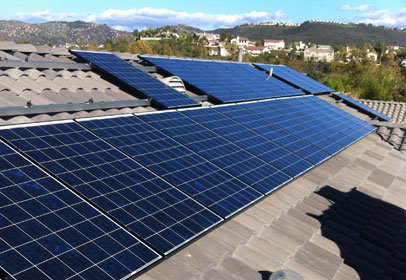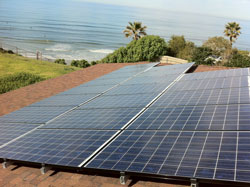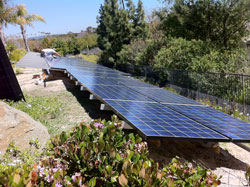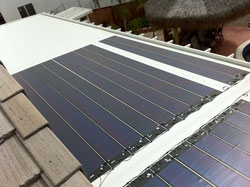
San Diego Solar Panel Installations
There are four basic installation types: Roof-Flush, Roof-Tilted, Ground-Mounted, and Specialty. Your installation will be custom engineered based on your roof type, site specifics, and personal preference. Delta Solar Electric will ensure that your installation is engineered to maximize kWh production as well as being astatically pleasing, matching the style of your home. Remember, your new solar system is designed to provide you with 30 to 40 years of service. We take pride in doing our best in getting you the maximum kwh production, in the form of SDG&E savings, each and every one of those years.
Just let us know what you have in mind as we are one of San Diego County’s most experienced installers and will work with you any type of solar installation: from hillsides to clay tile roofs, warehouses to townhomes, custom homes to patio covers, and barns to beach homes, we’ve done them all and experienced with all types of installations. We are proud of all of our installations and will be happy to tour them with you to meet a few of our hundreds of satisfied customers.



